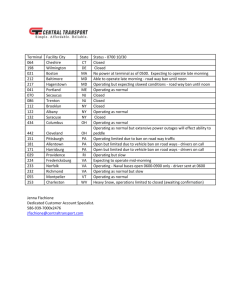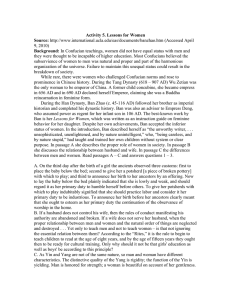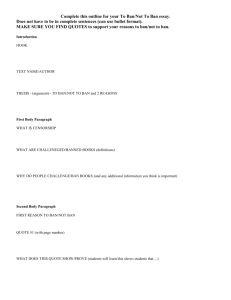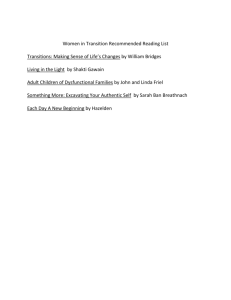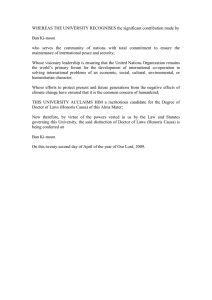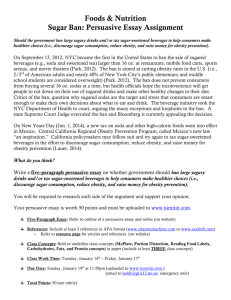DeaAffordability Summary
advertisement
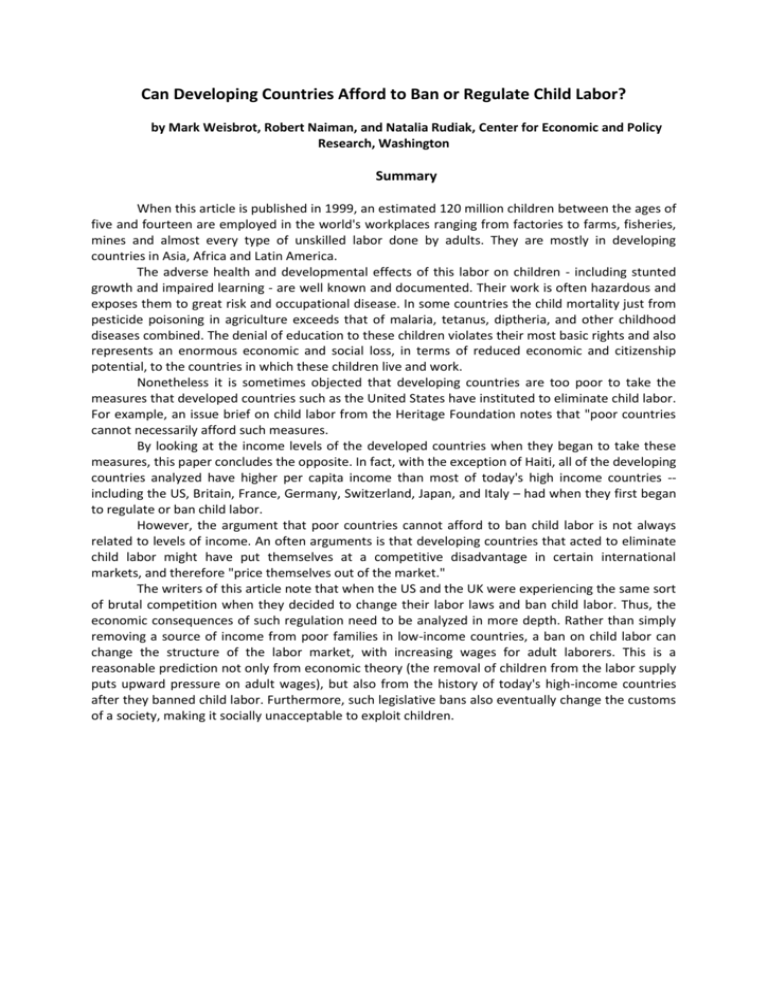
Can Developing Countries Afford to Ban or Regulate Child Labor? by Mark Weisbrot, Robert Naiman, and Natalia Rudiak, Center for Economic and Policy Research, Washington Summary When this article is published in 1999, an estimated 120 million children between the ages of five and fourteen are employed in the world's workplaces ranging from factories to farms, fisheries, mines and almost every type of unskilled labor done by adults. They are mostly in developing countries in Asia, Africa and Latin America. The adverse health and developmental effects of this labor on children - including stunted growth and impaired learning - are well known and documented. Their work is often hazardous and exposes them to great risk and occupational disease. In some countries the child mortality just from pesticide poisoning in agriculture exceeds that of malaria, tetanus, diptheria, and other childhood diseases combined. The denial of education to these children violates their most basic rights and also represents an enormous economic and social loss, in terms of reduced economic and citizenship potential, to the countries in which these children live and work. Nonetheless it is sometimes objected that developing countries are too poor to take the measures that developed countries such as the United States have instituted to eliminate child labor. For example, an issue brief on child labor from the Heritage Foundation notes that "poor countries cannot necessarily afford such measures. By looking at the income levels of the developed countries when they began to take these measures, this paper concludes the opposite. In fact, with the exception of Haiti, all of the developing countries analyzed have higher per capita income than most of today's high income countries -including the US, Britain, France, Germany, Switzerland, Japan, and Italy – had when they first began to regulate or ban child labor. However, the argument that poor countries cannot afford to ban child labor is not always related to levels of income. An often arguments is that developing countries that acted to eliminate child labor might have put themselves at a competitive disadvantage in certain international markets, and therefore "price themselves out of the market." The writers of this article note that when the US and the UK were experiencing the same sort of brutal competition when they decided to change their labor laws and ban child labor. Thus, the economic consequences of such regulation need to be analyzed in more depth. Rather than simply removing a source of income from poor families in low-income countries, a ban on child labor can change the structure of the labor market, with increasing wages for adult laborers. This is a reasonable prediction not only from economic theory (the removal of children from the labor supply puts upward pressure on adult wages), but also from the history of today's high-income countries after they banned child labor. Furthermore, such legislative bans also eventually change the customs of a society, making it socially unacceptable to exploit children.
